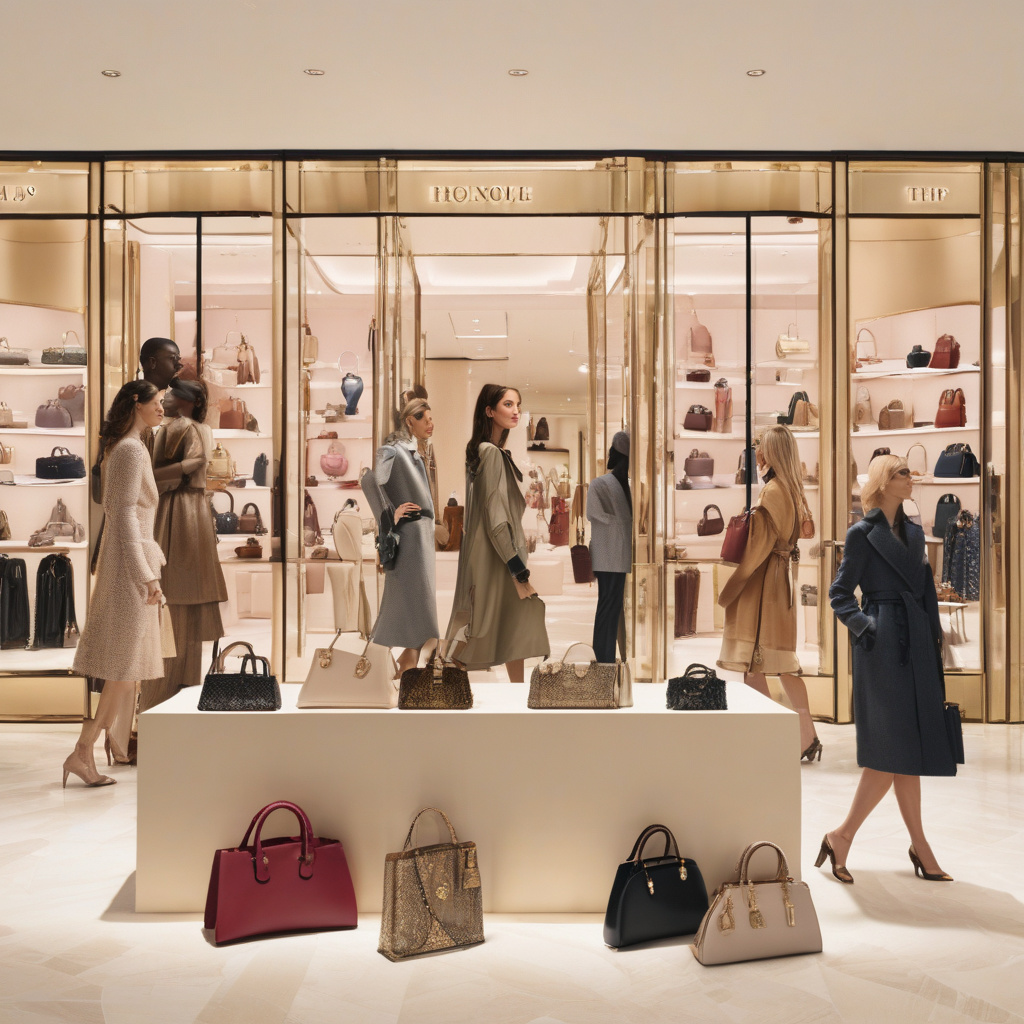Trump Tariffs Would Test Luxury’s Pricing Power
The ongoing trade tensions between the United States and various global trade partners have led to a series of tariff implementations that could significantly impact the luxury goods sector. As the Trump administration continues its push for tariffs on numerous imports, executives from leading luxury brands such as Hermès and Kering have expressed confidence in their ability to manage these additional costs. However, the real test lies in whether their pricing power can withstand the potential economic repercussions.
Luxury brands are often perceived as having an elite cachet, allowing them to command premium prices. This perception is a double-edged sword; while it grants them some insulation against market fluctuations, it also raises questions about the sustainability of their pricing strategies in the face of increased costs due to tariffs. The luxury market, particularly in the United States, has been resilient in the past, but the introduction of tariffs on imported goods may challenge this stability.
Executives at Hermès and Kering recently stated that they could leverage their brands’ cachet to absorb any additional duties resulting from tariffs. This assertion speaks to the strength of their brand equity. Hermès, known for its prestigious handbags and silk scarves, has cultivated a loyal customer base willing to pay a premium for its products. Similarly, Kering’s portfolio, which includes renowned brands like Gucci and Saint Laurent, also enjoys a strong following among affluent consumers. However, the question remains: how much can these companies increase their prices before they alienate customers?
Historically, luxury brands have managed to raise prices in response to inflation and increased production costs without significantly affecting demand. For instance, Hermès has a track record of annual price increases on its iconic Birkin bags, which continue to be highly sought after despite their steep price tags. This strategy has proven successful, but the current economic climate is different. With growing concerns about inflation and economic downturns, consumers may become more price-sensitive, even in the luxury sector.
Moreover, the impact of tariffs is not uniform across all luxury brands. While Hermès and Kering are positioned to absorb some of the costs due to their strong brand identities, smaller luxury brands may not have the same flexibility. For these brands, the introduction of tariffs could lead to difficult decisions regarding pricing strategies and product availability. This could create a more fragmented luxury market where established brands thrive while newer entrants struggle to find their footing.
In addition to the direct impact of tariffs, there are also broader economic factors at play. The luxury goods sector relies heavily on consumer confidence and spending power, both of which can be adversely affected by economic uncertainty. If consumers perceive that their disposable income is at risk due to rising prices or potential job losses, they may cut back on luxury purchases. This consumer behavior could lead to a ripple effect through the luxury market, forcing brands to rethink their pricing strategies.
Another consideration is the global nature of luxury retail. Many luxury brands source materials and manufacture their products internationally, meaning that tariffs could affect their supply chains in complex ways. For instance, if tariffs are imposed on leather imports, Hermès, which prides itself on sourcing high-quality materials, may face increased production costs. This situation could prompt the brand to reassess its pricing strategy, which could, in turn, influence consumer purchasing decisions.
Despite these challenges, luxury brands have historically shown resilience in adapting to changing market conditions. For example, during the COVID-19 pandemic, many luxury brands pivoted to digital sales channels, which helped them maintain sales momentum despite physical store closures. This adaptability will be crucial in navigating the potential impacts of tariffs.
Ultimately, the ability of luxury brands like Hermès and Kering to absorb tariff-related costs without alienating their customer base will be a significant indicator of their pricing power in the market. As the luxury sector faces this new challenge, it is essential to monitor consumer responses and the strategies employed by these brands. The outcome could reshape the landscape of luxury retail, testing the limits of brand loyalty and consumer willingness to pay a premium in uncertain economic times.
As the luxury goods market continues to evolve, the implications of tariffs will be felt across the industry. The decisions made by Hermès, Kering, and their peers will not only impact their bottom lines but also set the stage for the future of luxury retail in an increasingly complex global economy.
luxurygoods, tariffs, Trumpadministration, pricingstrategy, consumerbehavior
